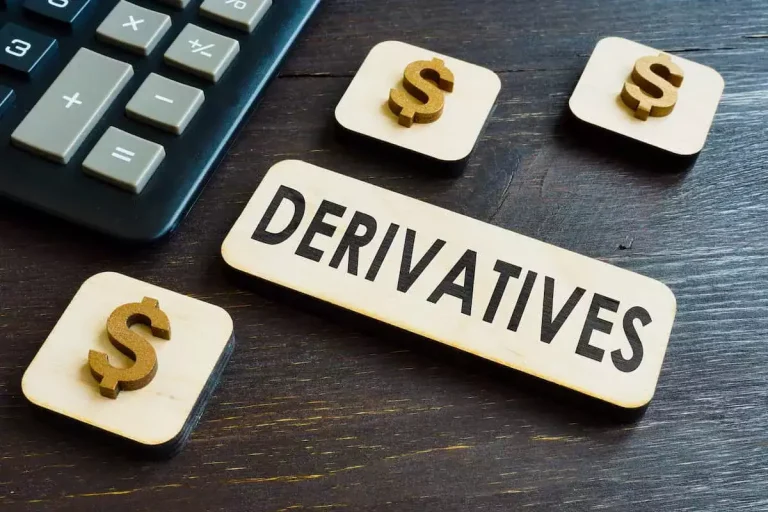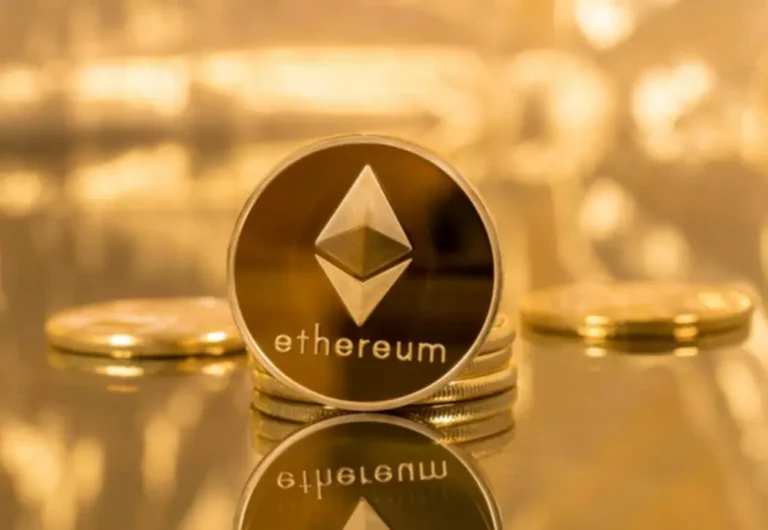Content
Preferred Stock ETF (PFF), which holds a portfolio of diverse U.S. preferred stocks. It has assets of about $15 billion, an expense ratio of 0.46%, and five-year returns of 3.01%. These ETFs use financial derivatives like futures, options, and https://www.xcritical.com/ swaps to achieve their goals.
Example of exchange-traded products
The information presented does not take into consideration commissions, tax implications, or other transactions costs, which may significantly affect the economic consequences of a given strategy or etp vs etf investment decision. No proprietary technology or asset allocation model is a guarantee against loss of principal. There can be no assurance that an investment strategy based on the tools will be successful.

What’s the Difference Between an ETF and a Mutual Fund?
We may earn a commission when you click on a link or make a purchase through the links on our site. All of our content is based on objective analysis, and the opinions are our own. Regulators enforce compliance with applicable laws and regulations, aiming to protect investors and maintain market integrity. ETCs can track single commodities, baskets of commodities, or commodity Peer-to-peer indices.
To Ensure One Vote Per Person, Please Include the Following Info

Differences in the bid and ask (buy and sell) prices may also increase the cost of trading ETPs. Some no-load or no-fee mutual funds, on the other hand, do not require a brokerage account and can be bought and sold without a trading commission. Their value can fluctuate based on the performance of the underlying asset or index they track. Before investing, it’s crucial to research and understand the specific ETP and consider your risk tolerance. ETPs, or exchange-traded products, are popular among investors and traders because they offer wide exposure across diverse asset classes. While generally less volatile than common stock, preferred stock ETFs can be sensitive to changes in interest rates.
Market Participants in Exchange Traded Derivatives
How an ETF performs depends entirely on the stocks, bonds and other assets that it’s invested in. In short, the performance of the ETF is just a weighted average of all its holdings. So not all ETFs are created equal, and it’s important to know what your ETF is invested in.
They allow market participants to manage risk, gain exposure to a wide range of assets, and promote price discovery and liquidity. The supply of ETF shares is regulated through creation and redemption, which involves large specialized investors called authorized participants (APs). When an ETF wants to issue additional shares, the AP buys shares of the stocks from the index—such as the S&P 500 tracked by the fund—and sells or exchanges them to the ETF for new ETF shares at an equal value.
While the influx of cash to ETFs might hiccup when the market fluctuates, the long-term trend toward ETF investing looks clear. While mutual funds and ETFs have similar goals to own a wide variety of assets in one security, they have many key differences, and those differences have helped ETFs thrive, especially in the last decade. Learn why diversification is so important to investing and how it helps investors reduce risk, enhance returns, and navigate fast-changing markets.
ETPs aim to replicate the performance of a specific market, asset, or index. If the underlying asset or index appreciates, the ETP’s value will typically increase as well. Investors can earn returns from price appreciation and, in some cases, dividends or interest. This spectrum includes not only the well-known exchange-traded funds (ETFs) but also entities like Exchange Traded Notes (ETNs) and Exchange Traded Commodities (ETCs). This diverse nature makes ETPs versatile, catering to a wide array of investment strategies and preferences.
- However, the risks of it include tracking errors, counterparty risk in the case of ETNs, and the potential for liquidity issues in the case of less popular or illiquid ETPs.
- ETFs allow investors to buy a collection of assets in just one fund, and they trade on an exchange like a stock.
- Investors can earn returns from price appreciation and, in some cases, dividends or interest.
- Below, we introduce you to ETFs, explain why they’ve proven so popular, discuss the benefits and drawbacks that come with them, and describe what to look for when choosing among them for your portfolio.
- There can be no assurance that an active trading market for shares of an ETF will develop or be maintained.
- ETPs are financial instruments listed and exchanged in the same manner as shares across the same exchanges and platforms.
An ETF is like a mutual fund, but there are major distinctions between them. Both save you the time-consuming work of analyzing companies and picking stocks, though mutual funds often tend to be less tax-efficient and have higher management fees. ETFs are popular financial instruments designed to offer investors an easy and efficient way to gain diversified exposure to an entire index or market segment through a single trade. ETPs are market-linked products and, just like any stock, can increase or decrease in price.
For privacy and data protection related complaints please contact us at Please read our PRIVACY POLICY STATEMENT for more information on handling of personal data. IG International Limited is part of the IG Group and its ultimate parent company is IG Group Holdings Plc. IG International Limited receives services from other members of the IG Group including IG Markets Limited. Below, we introduce you to ETFs, explain why they’ve proven so popular, discuss the benefits and drawbacks that come with them, and describe what to look for when choosing among them for your portfolio. Andy Smith is a Certified Financial Planner (CFP®), licensed realtor and educator with over 35 years of diverse financial management experience. He is an expert on personal finance, corporate finance and real estate and has assisted thousands of clients in meeting their financial goals over his career.
Because ETFs are traded on stock exchanges, they are easily bought or sold. For investments in so-called qualified accounts like a 401(k) or IRA, taxes are a less-immediate consideration. But for investors with taxable (non-qualified) accounts, owning cost- and tax-efficient iShares ETFs can help improve your long-term investment returns, allowing you to keep more of what you earn.
Usually, an ETF tracks an index fund, such as the S&P 500, but it can also follow a market, commodity, industry, or even a currency. The price of an exchange-traded fund will increase and decrease, much like most investments. Exchange-traded notes (ETNs), like ETFs, generally track an underlying index and trade on major exchanges; however, they track unsecured debt securities and are issued as bonds. ETNs are issued as bonds, which pay the return of their original invested amount—the principal—at maturity and any returns generated.
Investors should weigh factors like expenses, tracking ability, liquidity, diversification, and risks when choosing between ETPs and ETFs. For example, a total stock market ETF would hold hundreds or even thousands of different stocks in proportion to their weight in a broad stock market index. By buying a share of the ETF, an investor instantly gains diversified exposure to the returns of the entire equity market rather than buying each stock separately. SPDRs adopted a unique share creation/redemption mechanism to assuage regulators to keep their prices closely aligned with the index it tracked.

The articles and research support materials available on this site are educational and are not intended to be investment or tax advice. All such information is provided solely for convenience purposes only and all users thereof should be guided accordingly. Liquidity risk arises when an ETP’s trading volume is low, which can lead to wider bid-ask spreads and difficulty executing trades at desirable prices. While Special Purpose Vehicles (SPVs) with segregated reserves issue ETCs, ETNs are usually issued by banks, do not hold any assets, and are unsecured. Although the yields of ETNs correspond to the underlying index or asset, they are identical to unsecured and classified bonds. Investors should speak with a tax professional for any potential tax ramifications from investing in ETPs.
If the issuer defaults on the note, you might lose some or all of your investment. Exchange-traded commodities (ETCs) are a type of ETP that provide exposure to commodities, such as metals, energy, and agricultural products. ETFs offer several advantages, such as diversification, tax efficiency, and lower costs.